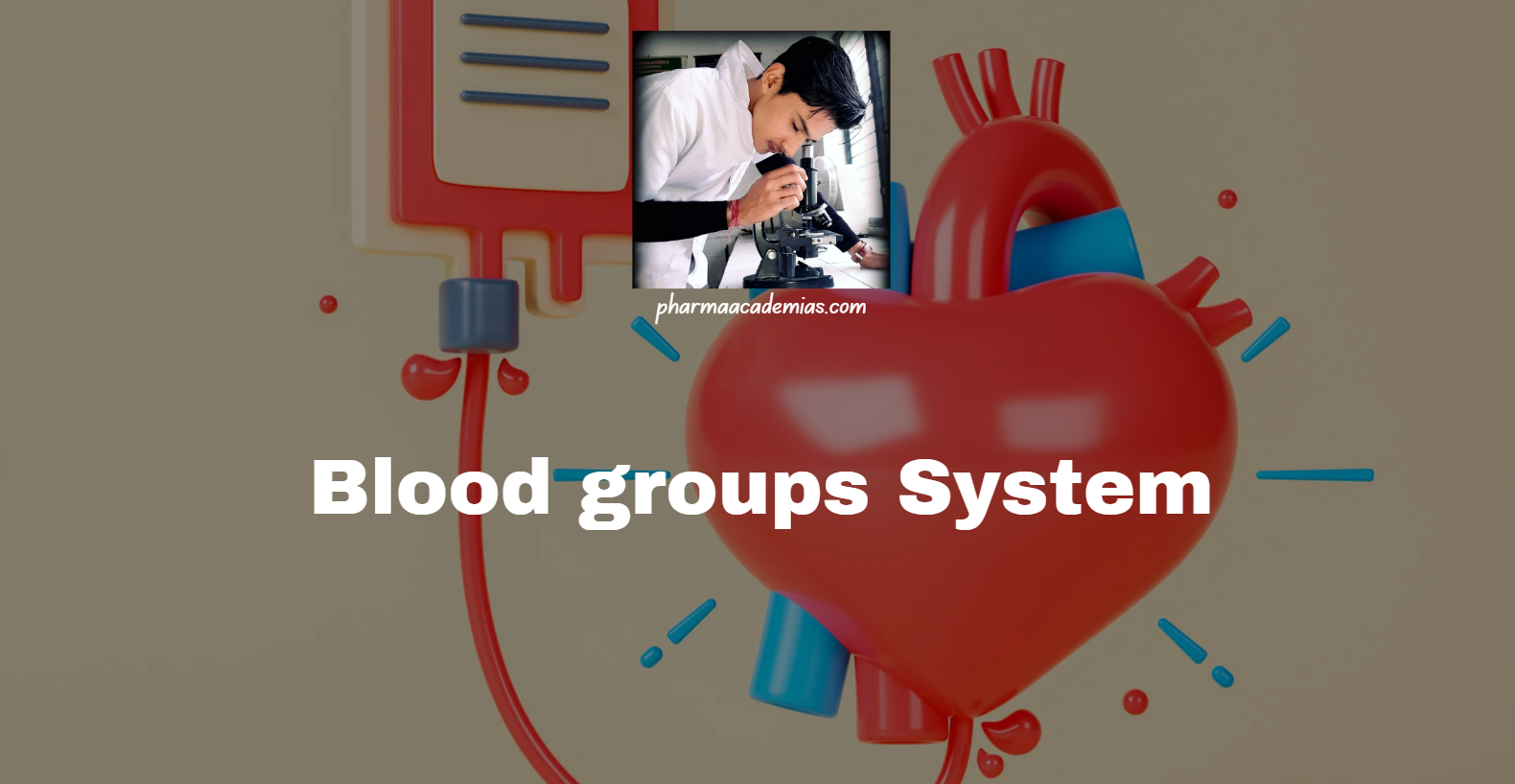Blood cells: Characteristics and functions of RBCs, WBCs, and platelets
Blood cells Red blood cells (RBCs) Blood cells: Red blood cells, scientifically referred to as erythrocytes, are one of the most essential components of the human circulatory system. These specialized cells are primarily responsible for the transportation of respiratory gases, specifically oxygen and carbon dioxide, between the lungs and various tissues of the body. Produced … Read more






 Join Our Telegram Channel
Join Our Telegram Channel